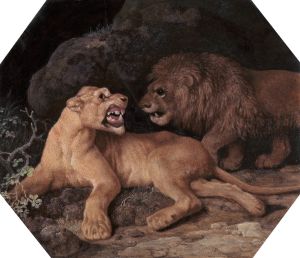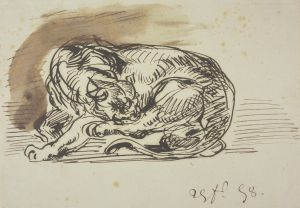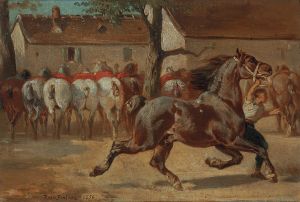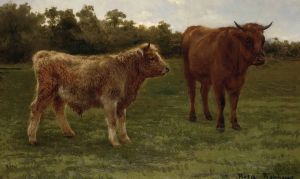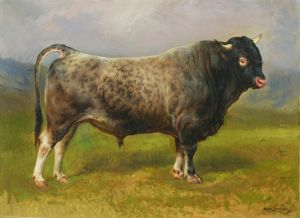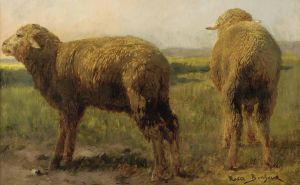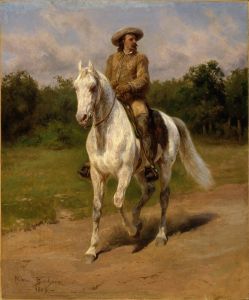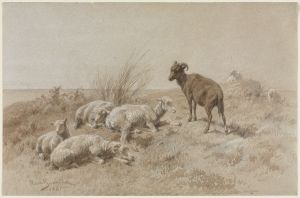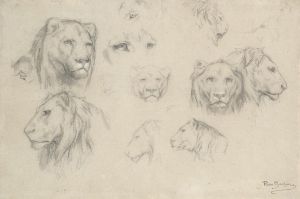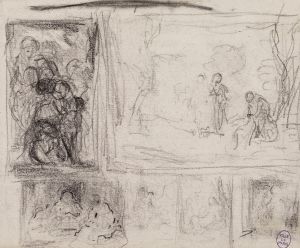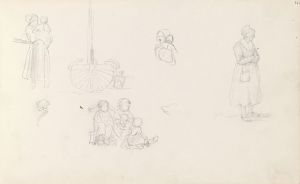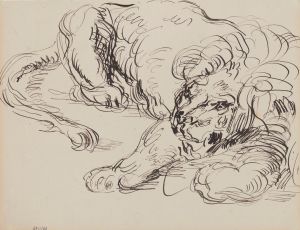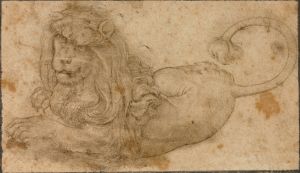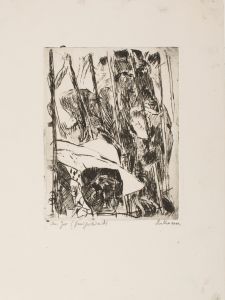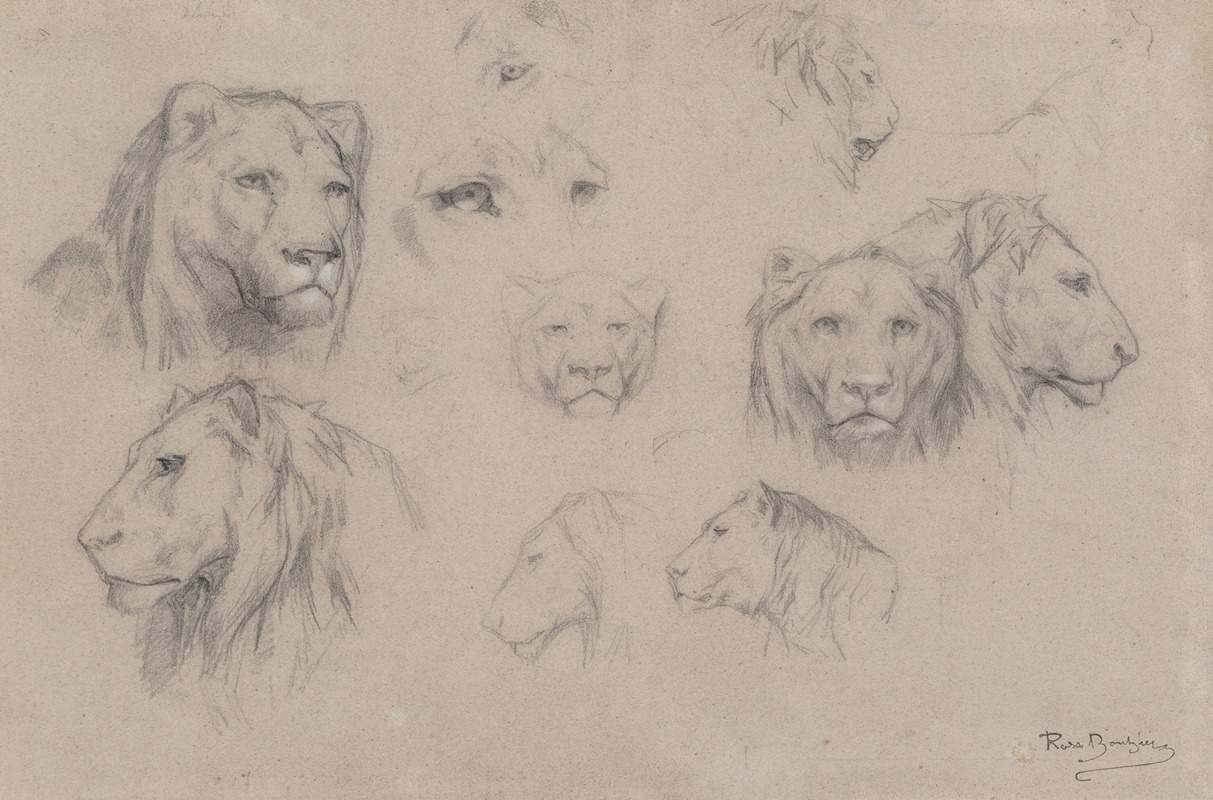
Study of heads of lions and lionesses
A hand-painted replica of Rosa Bonheur’s masterpiece Study of heads of lions and lionesses, meticulously crafted by professional artists to capture the true essence of the original. Each piece is created with museum-quality canvas and rare mineral pigments, carefully painted by experienced artists with delicate brushstrokes and rich, layered colors to perfectly recreate the texture of the original artwork. Unlike machine-printed reproductions, this hand-painted version brings the painting to life, infused with the artist’s emotions and skill in every stroke. Whether for personal collection or home decoration, it instantly elevates the artistic atmosphere of any space.
Rosa Bonheur was a renowned French artist of the 19th century, celebrated for her realistic depictions of animals. Her work, "Study of Heads of Lions and Lionesses," exemplifies her exceptional skill in capturing the essence and anatomy of animals. Bonheur was born on March 16, 1822, in Bordeaux, France, into a family of artists. Her father, Oscar-Raymond Bonheur, was a landscape and portrait painter who played a significant role in nurturing her artistic talents from a young age.
Bonheur's fascination with animals began early in her life, and she often visited slaughterhouses and livestock markets to study animal anatomy. This dedication to understanding her subjects is evident in her works, including "Study of Heads of Lions and Lionesses." The painting showcases her meticulous attention to detail and her ability to convey the power and majesty of these big cats.
"Study of Heads of Lions and Lionesses" is a testament to Bonheur's commitment to realism and her deep appreciation for the natural world. The painting features detailed studies of the heads of lions and lionesses, capturing their expressions and physical characteristics with precision. Bonheur's use of light and shadow adds depth to the painting, highlighting the textures of the animals' fur and the intensity of their gaze.
Throughout her career, Bonheur broke barriers for women in the art world. At a time when female artists were often marginalized, she achieved significant recognition and success. Her most famous work, "The Horse Fair," was exhibited at the Paris Salon in 1853 and later purchased by Cornelius Vanderbilt for the Metropolitan Museum of Art in New York City. This success helped establish her reputation as one of the leading animal painters of her time.
Bonheur's dedication to her craft extended beyond painting. She was also an avid animal lover and advocate for animal welfare. She kept a menagerie of animals at her home in By, near Fontainebleau, where she could observe and study them closely. This personal connection to her subjects enriched her artwork, allowing her to portray animals with authenticity and empathy.
"Study of Heads of Lions and Lionesses" reflects Bonheur's mastery of animal portraiture and her ability to convey the individuality and spirit of her subjects. Her work continues to be celebrated for its technical excellence and its contribution to the genre of animal painting.
Rosa Bonheur passed away on May 25, 1899, but her legacy endures through her art, which remains influential and admired. Her paintings are held in prestigious collections worldwide, and she is remembered as a pioneer who paved the way for future generations of female artists. "Study of Heads of Lions and Lionesses" is a remarkable example of her talent and dedication, capturing the beauty and strength of the animal kingdom with unparalleled skill.





